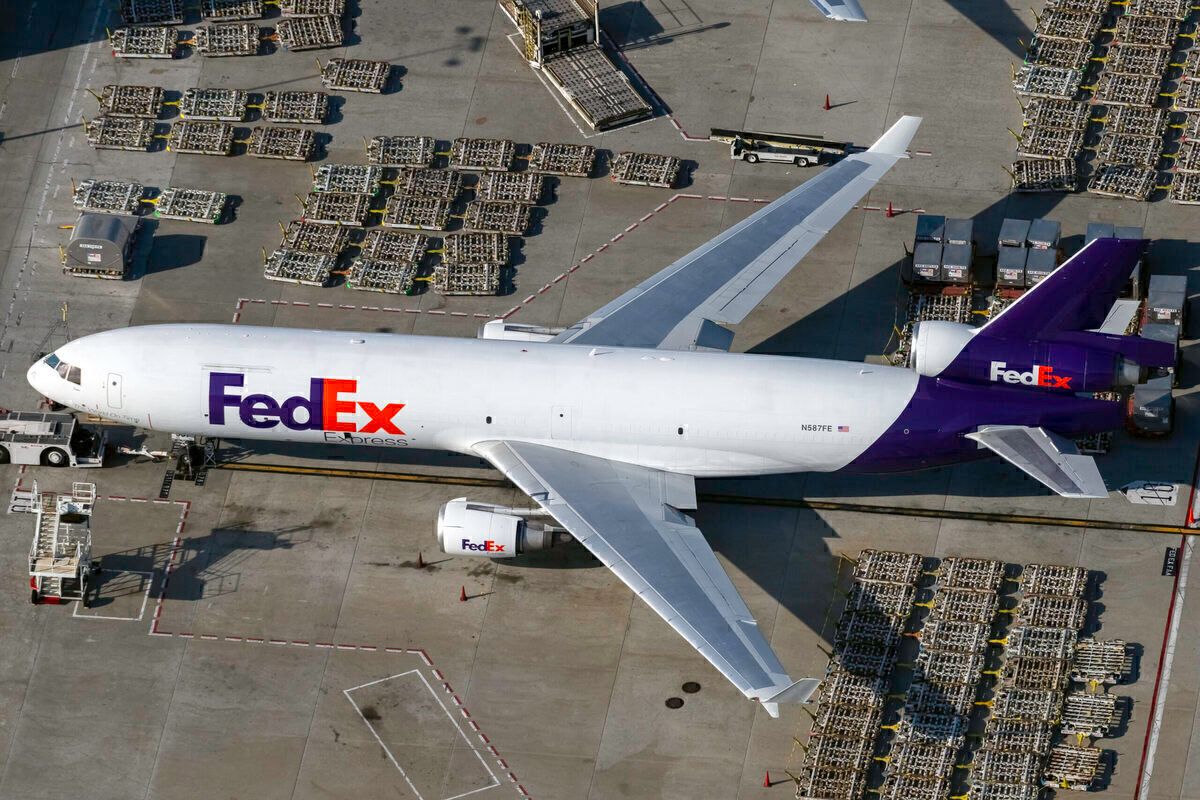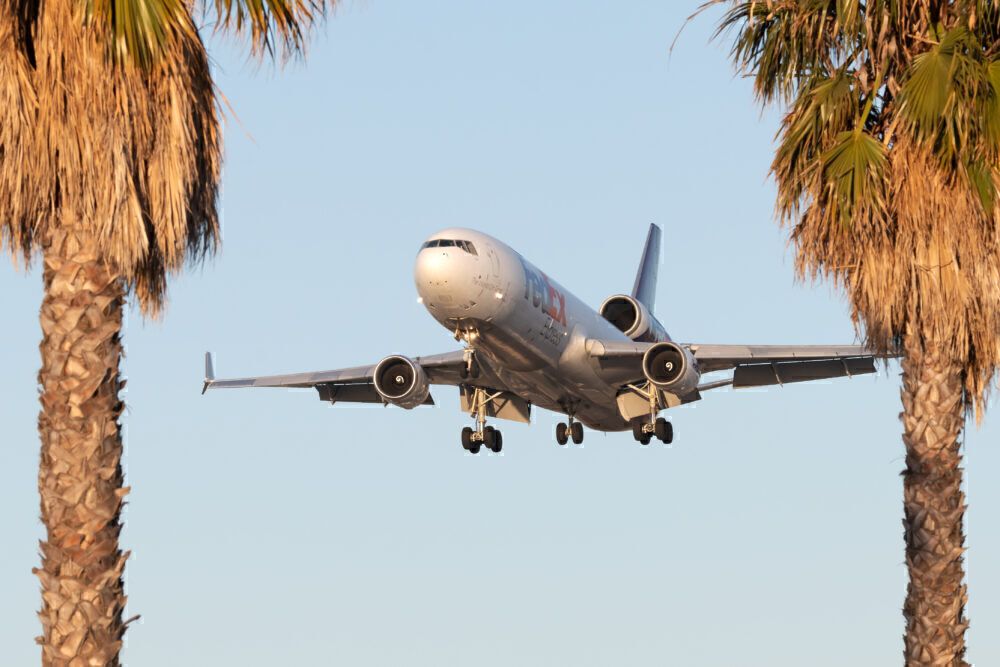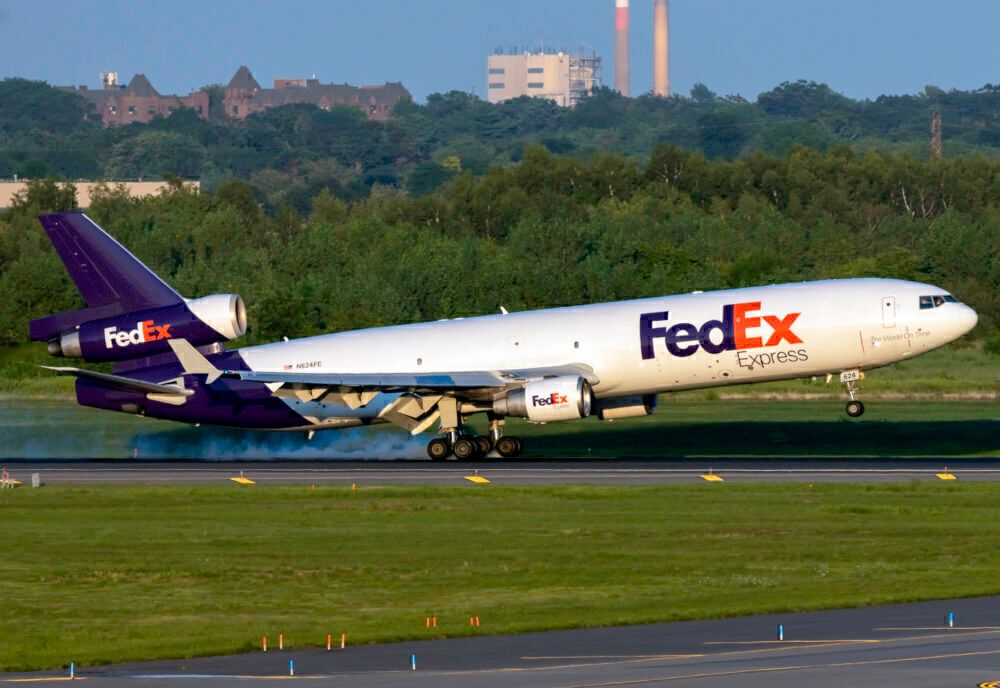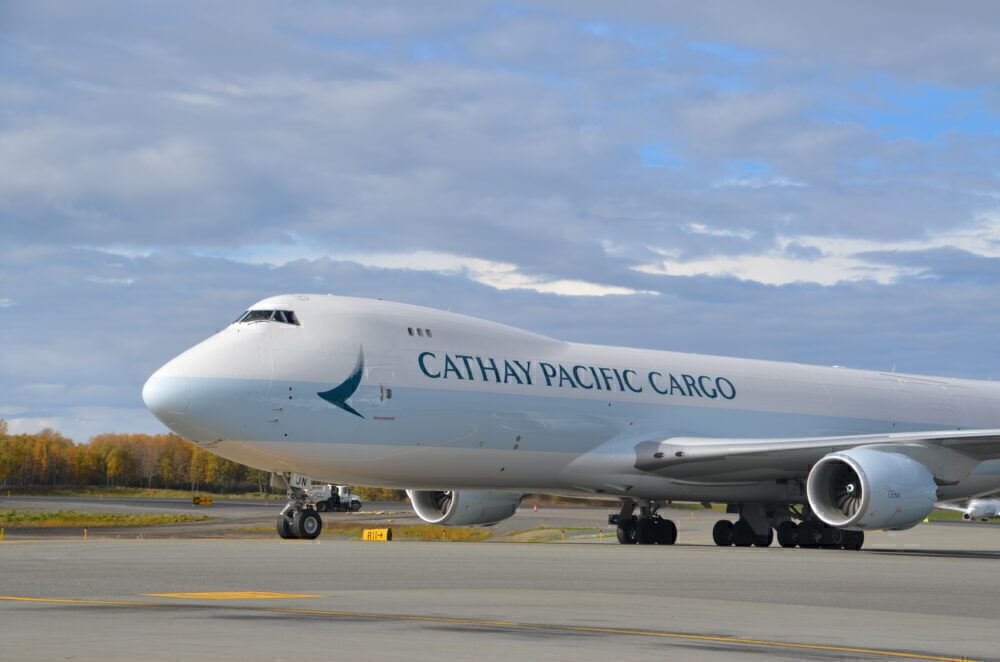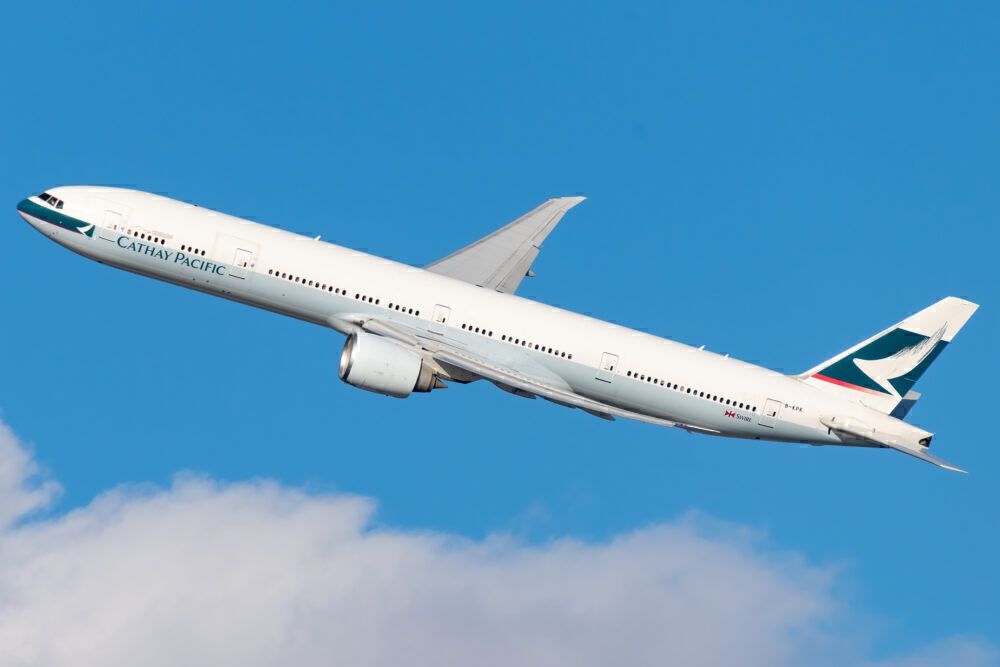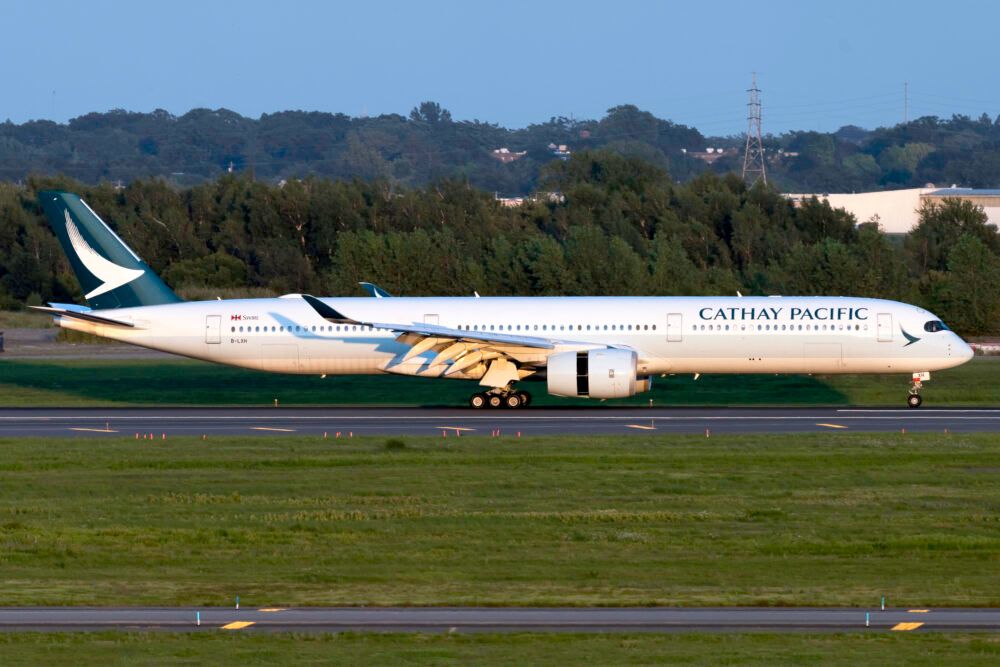Global cargo giant FedEx had a problem in Hong Kong. Hong Kong's strict restrictions regarding quarantines made it difficult for the airline to run its operations using its crew based in the city. So, the carrier filed a complaint with the US Department of Transportation (DOT). The DOT, concerned about how Hong Kong became uncompetitive for US airlines, could restrict Hong Kong-based airline flights, including Cathay Pacific, to the United States.
FedEx has a Hong Kong problem
In January 2021, US cargo carriers, including FedEx, reached out to the DOT with concerns about the two or three-week quarantine period that Hong Kong would apply to all crew members returning to Hong Kong from an international location.
FedEx uses Hong Kong as a base for 180 crewmembers. Under those requirements, FedEx believed it would be impossible for the airline to maintain its Hong Kong crew base. The carrier uses the airport as a critical hub for intra-Asia cargo flights.
Hong Kong institutes crew quarantine mandate
On January 28th, the DOT reached out to relevant Hong Kong authorities regarding the possibility of crew quarantine and concerns about unilateral action from the Hong Kong government.
On February 5th, a meeting between the US Consulate General Hong Kong & Macau met with representatives from the Hong Kong Trasport and Housing Bureau (THB) and Hong Kong Food and Health Bureau (FHB) regarding the plans. The meeting ended with US representatives leaving, thinking there would be no new quarantine requirements announced immediately.
However, later, on that same day, Hong Kong issued new quarantine requirements for all aircrew returning to the city from an international location. This blindsided the US.
Shortly after the requirements were issued, FedEx announced that it would temporarily relocate its Hong Kong-based crews to San Francisco. The airline viewed this as necessary to maintain its intra-Asia network. However, it would face a significant cost from the move.
Stay informed: Sign up for our daily and weekly aviation news digests!
The Anchorage exception
One part of the quarantine requirement that bothered US officials and FedEx was an exception for crews traveling between Hong Kong and Anchorage, Alaska.
This exception arguably benefited Cathay Pacific the most. Cathay Pacific flies multiple daily all-cargo flights between Hong Kong and Anchorage. The airline also maintains a cargo connecting hub in Anchorage that lets the airline connect cargo to other cities in North America.
With the Anchorage exception, Hong Kong could continue to fly its cargo operations to Alaska with fewer crew restrictions. FedEx, because it operates intra-Asia cargo flights, does not benefit.
FedEx attempted to work with Hong Kong to establish an intra-Asia exception similar to that of Anchorage. The DOT also got involved, seeking to gain some insight from Hong Kong on the decision. However, Hong Kong did not explain its rationale for the Anchorage exception, nor did it include any information about when FedEx could benefit from crew quarantine exceptions.
The DOT orders Hong Kong carriers to file their schedules
The DOT is concerned that Hong Kong's restrictions "disproportionally impacts US carriers to the exclusive benefit of Hong Kong carriers, and this imbalance denies US carriers their bilateral right to a fair and equal opportunity to compete in the US-Hong Kong market."
So, the DOT is turning to a tactic it has used before. It has ordered Hong Kong-based carriers to file their schedules. In those filings, airlines have to indicate the type of equipment used on those flights, the frequency of those flights, and the specific airports those flights serve.
A similar playbook from China
In May of 2020, the DOT accused China of blocking US airlines from resuming flights to mainland China. Then, both United and Delta wanted to fly to China, but the country had put plenty of restrictions in place that made it impossible for Delta or United to fly to China.
The DOT then required Chinese carriers to file their flight schedules. After a little back-and-forth, the US and China reached a mutual point of air service between the two countries.
How will this turn out?
If Hong Kong does not relax any of its quarantine measures for crewmembers or carves out an exception for FedEx, then Cathay Pacific could suffer.
The DOT has the power to restrict Cathay Pacific's flights, which would further cripple the carrier's already difficult financial status and a significantly reduced global air network. Cargo is a massive business, especially now, for both Cathay Pacific and FedEx. Both carriers, undoubtedly, want to fly as much cargo capacity as possible to tap into the high demand for freight movement around the world.
The best solution for both parties is for Hong Kong to work with FedEx to create some options for its crews to avoid the quarantine headaches that have crippled FedEx's operations. In the worst case, both parties stick to their side and limit both US and Hong Kong-based carriers from serving the markets.
What do you think should be the outcome of this dispute? Let us know in the comments!

